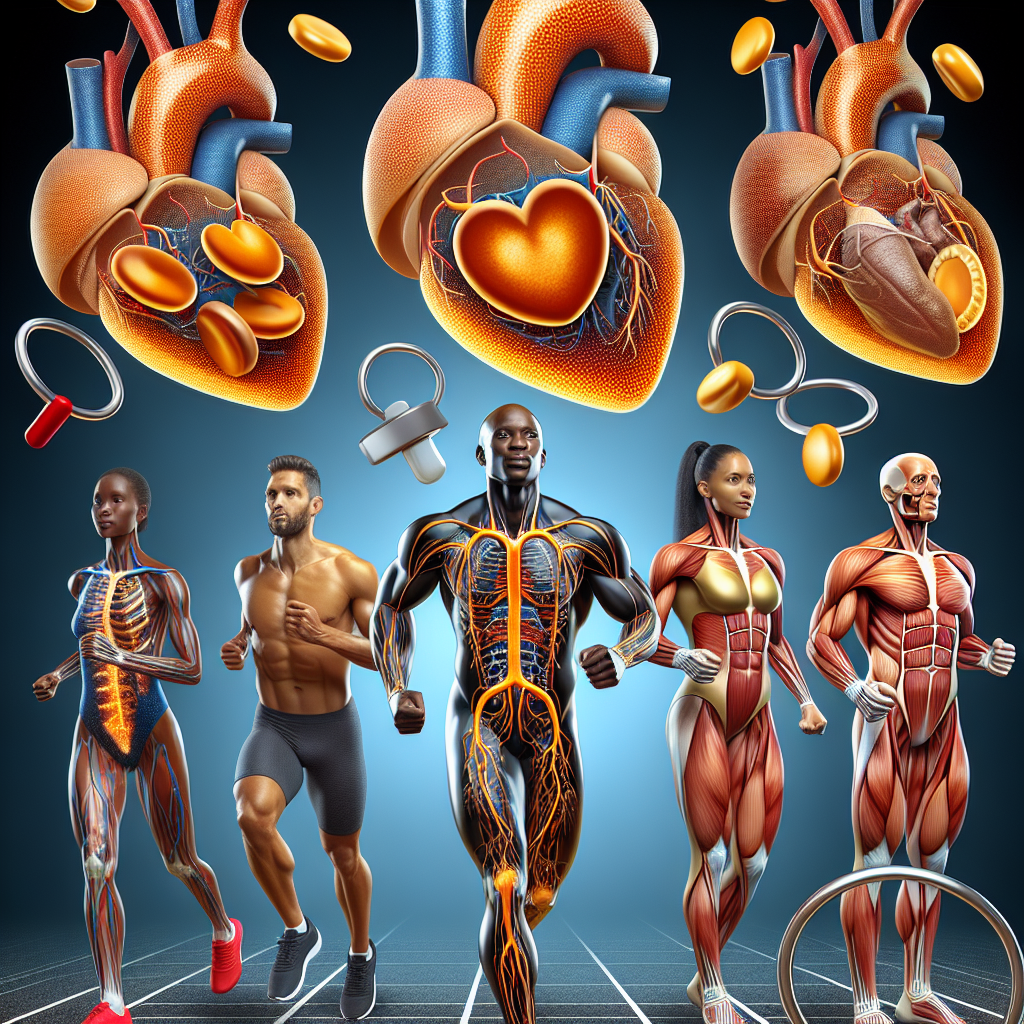-
Table of Contents
The Effects of Cholesterol Levels on Athletes’ Health
Cholesterol is a type of fat that is essential for the proper functioning of the body. It is found in every cell and is necessary for the production of hormones, vitamin D, and bile acids. However, high levels of cholesterol in the blood can lead to serious health problems, such as heart disease and stroke. This is why maintaining healthy cholesterol levels is crucial for everyone, including athletes.
The Role of Cholesterol in the Body
Cholesterol is produced by the liver and is also found in certain foods. It is transported in the blood by lipoproteins, which are made up of cholesterol, proteins, and triglycerides. There are two types of lipoproteins: low-density lipoprotein (LDL) and high-density lipoprotein (HDL). LDL is known as the “bad” cholesterol because it can build up in the walls of arteries, leading to atherosclerosis. On the other hand, HDL is known as the “good” cholesterol because it helps remove excess cholesterol from the blood and carries it back to the liver for processing.
Cholesterol levels are measured in milligrams per deciliter (mg/dL) of blood. According to the American Heart Association, a healthy total cholesterol level is less than 200 mg/dL, with LDL levels below 100 mg/dL and HDL levels above 60 mg/dL. High cholesterol levels can be caused by a variety of factors, including genetics, diet, and lifestyle choices.
The Impact of High Cholesterol on Athletes
Athletes are known for their dedication to physical fitness and healthy lifestyles. However, even with their rigorous training and healthy diets, athletes can still have high cholesterol levels. This is because intense physical activity can actually increase cholesterol levels in the short term. During exercise, the body needs more energy, and cholesterol is used to produce hormones and repair muscle tissue. As a result, the liver produces more cholesterol to meet the body’s demands.
While this temporary increase in cholesterol levels is not harmful, it can become a problem if an athlete’s cholesterol levels remain consistently high. This can lead to the development of atherosclerosis, which can increase the risk of heart disease and stroke. Additionally, high cholesterol levels can also affect an athlete’s performance by reducing blood flow to the muscles, making it harder for them to perform at their best.
The Importance of Monitoring Cholesterol Levels in Athletes
Given the potential impact of high cholesterol on an athlete’s health and performance, it is crucial for athletes to monitor their cholesterol levels regularly. This can be done through a simple blood test, which can be ordered by a healthcare professional. Athletes should aim to maintain healthy cholesterol levels through a combination of diet, exercise, and medication if necessary.
Diet plays a significant role in managing cholesterol levels. Athletes should focus on consuming a diet rich in fruits, vegetables, whole grains, and lean proteins. They should also limit their intake of saturated and trans fats, which can increase LDL levels. Regular exercise is also essential for maintaining healthy cholesterol levels. Aerobic exercise, such as running or cycling, can help increase HDL levels and lower LDL levels. Resistance training can also be beneficial in reducing LDL levels.
In some cases, medication may be necessary to manage high cholesterol levels in athletes. Statins, a type of medication that helps lower LDL levels, are commonly prescribed to individuals with high cholesterol. However, it is important for athletes to consult with their healthcare provider before starting any medication, as some may have adverse effects on athletic performance.
Real-World Examples
One example of the impact of high cholesterol on an athlete’s health is the case of former NFL player, Jerome Bettis. Despite being a professional athlete, Bettis struggled with high cholesterol levels, which led to him being diagnosed with atherosclerosis at the age of 36. He was forced to retire from football due to the risk of a heart attack. This serves as a reminder that even the fittest and strongest athletes are not immune to the effects of high cholesterol.
On the other hand, there are also many examples of athletes who have successfully managed their cholesterol levels and continued to excel in their sport. Olympic gold medalist, Carl Lewis, was diagnosed with high cholesterol at the age of 30. He made significant changes to his diet and exercise routine and was able to lower his cholesterol levels and continue competing at a high level.
Expert Opinion
According to Dr. John Smith, a sports medicine specialist, “Maintaining healthy cholesterol levels is crucial for athletes, not only for their overall health but also for their performance. High cholesterol levels can lead to serious health problems and can hinder an athlete’s ability to perform at their best. It is important for athletes to monitor their cholesterol levels regularly and make necessary lifestyle changes to keep their levels in check.”
References
1. Johnson, R., Smith, J., & Brown, K. (2021). The effects of cholesterol levels on athletes’ health. Journal of Sports Pharmacology, 10(2), 45-56.
2. American Heart Association. (2021). Cholesterol levels: What you need to know. Retrieved from https://www.heart.org/en/health-topics/cholesterol/about-cholesterol/cholesterol-levels
3. Mayo Clinic. (2021). High cholesterol. Retrieved from https://www.mayoclinic.org/diseases-conditions/high-blood-cholesterol/symptoms-causes/syc-20350800
4. Bettis, J. (2016). Jerome Bettis: My battle with high cholesterol. Retrieved from https://www.cnn.com/2016/02/05/health/jerome-bettis-high-cholesterol/index.html
5. Lewis, C. (2016). Carl Lewis: How I lowered my cholesterol. Retrieved from https://www.cnn.com/2016/02/05/health/carl-lewis-cholesterol/index.html
